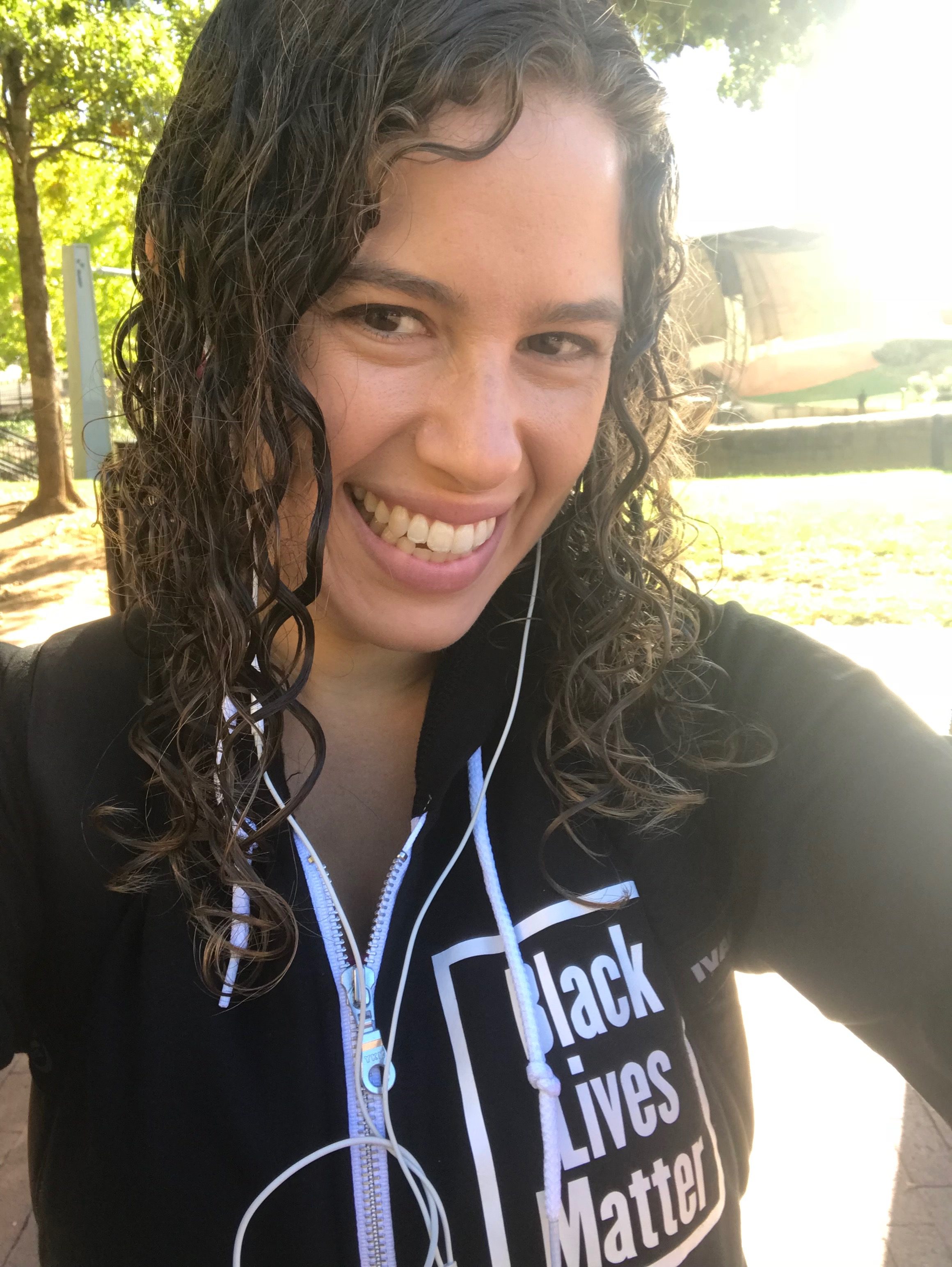This piece was originally posted on November 3, 2016 on the Society for Research on Adolescence Emerging Scholars blog.
Elise Harris, Lisette DeSouza, and I were three Emerging Scholars collaborating to run a one-day SRA preconference addressing anti-Black structural racism: #BlackLivesMatter: Can Adolescent Researchers Contribute to Racial Justice? (Emerging Scholars are encouraged to contribute to conference planning and related events!) Following conventional wisdom, we invited a senior scholar to provide the opening keynote. But with a few weeks to go, this person became unable to attend, and it was time to get creative…
Enter the Make-your-own Keynote activity.
What’s the purpose of a keynote? Or at least what were we, as event co-chairs, hoping would be accomplished by a morning keynote address? First, we wanted to ground the group in the urgency of the event’s topic. Next, we wanted to show the explicit connections between the topic at hand and the field of adolescent research. Finally, we wanted the keynote to provide a call to action that we could build on throughout the preconference session and beyond.
The day was organized such that the morning was for researchers to reflect with each other on our roles in addressing racism, in preparation for the afternoon panel of community organizers from Baltimore followed by a collaborative critique of four specific research projects. We started the morning by anchoring the discussion in its historical context and presenting the critical frameworks that informed our design of the day. That allowed us to set the tone, provide transparency for our intentions, and let people settle in. Then we started the activity.
- Small groups: At the conference tables, in groups of about 4-8 people.
- Plenty of time: We had planned 15 minutes in small groups, 15 minutes to share, and 15 minutes of discussion. In actuality, people wanted more time in small groups, and it was fine to only have 5 minutes for discussion because we still had the rest of the day together.
The full version of the Black Lives Matter keynote activity is here. Below, I offer an outline that can be adapted to address urgencies within racial justice and within social justice more broadly.
Part 1. Urgency
- What, for you, most signals the urgency to address [topic]?
- What theories or frameworks, if any, do you use to understand this urgency?
Part 2. Research and Application
- What do we already know, as adolescent researchers, that can be applied in response to this urgency?
- What further research, if any, is needed?
Part 3. Call to Action
- What are our options for responding to this urgency, in general, including in our personal lives?
- Can we contribute to these efforts as adolescent researchers?
- If so, how? And what are the potential unintended or negative effects of our “contributions”?
We had our own positions on the urgency of addressing anti-Black structural racism, the many layers of relevance within developmental science, and needed responses. Transitioning from our introductions to an interactive group activity benefited us as facilitators as we gathered participants’ needs, intentions, and pressing questions. In the room, we had around 50 people who were emerging scholars, senior scholars, and a few folks from local schools. There were many Black scholars, other scholars of Color, and several White scholars present. But how were we to know each person’s understanding of race and racism in adolescent research? The activity connected participants to each other and to the group, which expanded where we were able to take each other throughout the rest of the day.
—
Note: Although this activity can be adapted to a variety of topics, anybody using it is requested to promote a commitment to racial justice. As I prepared the “adaptable” activity outline for this post, I struggled to rewrite the last question on the worksheet:
- In what ways do adolescent researchers perpetuate “business as usual,” and how can we reimagine our roles in striving for racial justice?
I can’t rewrite this question to erase the centrality of racial justice in our need to examine “business as usual” within academia. As I share this activity with you, I want to hold space for the content of this question. I hope you enjoy Make-your-own Keynote (and please let me know if you try it!) and I hope you consider, whatever topic you are using it to address, how that topic connects to the urgency of identifying and eradicating anti-Black racism from academia and from adolescent research.
